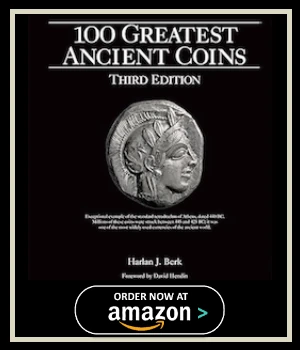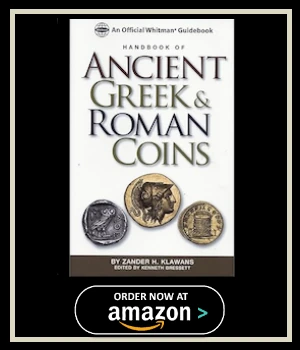
Ancient Greek Coins
The Classical Period Transformation (480-323 BC)
Greece entered the Classical period around 480 BC. This era brought significant advancements in coinage technology and artistry. The period lasted until approximately 323 BC and revolutionized monetary systems.
During this time, Greek city-states made remarkable progress in coin production. They developed new techniques that improved both quality and consistency.
Standardization of Coin Design
The Classical period marked a crucial transition in coin manufacturing. Greek mints moved from producing irregularly shaped coins to creating standardized ones. This change made coins easier to handle and count in daily transactions.
Minters also standardized the weight of these coins. This standardization added an essential element of trust in commercial transactions. Merchants and citizens could now rely on consistent coin values across different city-states.
Technical Innovations in Production
Greek craftsmen developed engraved dies for coin production during this period. This technique represented one of the most significant developments in ancient coinage. Engraved dies produced more consistent and refined designs than previous methods.
These new dies allowed craftsmen to achieve greater precision and detail in coin images. The improved technique enabled minters to create intricate artwork on small metal surfaces.
Artistic Evolution and Cultural Expression
Design Motifs and Symbolism
The artistic improvements during this period produced remarkable coin designs. Greek artists created detailed depictions of gods, heroes, and animals on coin surfaces. These images demonstrated exceptional skill and artistic vision.
City-states chose motifs that reflected their local culture and identity. Each region developed distinctive designs that citizens could easily recognize. These symbols strengthened civic pride and cultural connection.
Cultural Impact and Legacy
The coins of this era serve as historical documents today. They preserve ancient Greek religious beliefs, political systems, and artistic achievements. Modern collectors and historians study these coins to understand Classical Greek society.
Furthermore, the technical innovations from this period influenced coinage throughout the Mediterranean world. Other civilizations adopted Greek techniques and artistic styles for their own monetary systems.
Key Innovation: The development of engraved dies during the Classical period revolutionized coin production, creating the foundation for modern minting techniques.
No Ancient Greek Coin listings found. Try refreshing for new results.
The Classical period also marked the proliferation of Greek city-states minting their own coins. These city-states took pride in their unique coinage and used it as a symbol of their sovereignty. The artistry and symbolism on these coins were a source of civic pride. The designs were not only a representation of the city but also an expression of their cultural heritage and values.
Coins from ancient Greece are a fascinating window into the rich history and culture of this ancient civilization. These coins are typically categorized into four main periods: Archaic, Classical, Hellenistic, and Roman. The Archaic period, which began around 600 BC, marks the emergence of the first known coins in Asia Minor. These early coins were typically made of electrum, a natural alloy of gold and silver.
What sets them apart is their often-irregular shape. The irregularity of Archaic Greek coins can be attributed to the primitive methods used in their production. These coins were not standardized in size, shape, or weight. Instead, they were handcrafted, and the designs were often crude and unsophisticated. Nevertheless, they were a significant step in the evolution of currency and played a pivotal role in facilitating trade and commerce.



 '
'